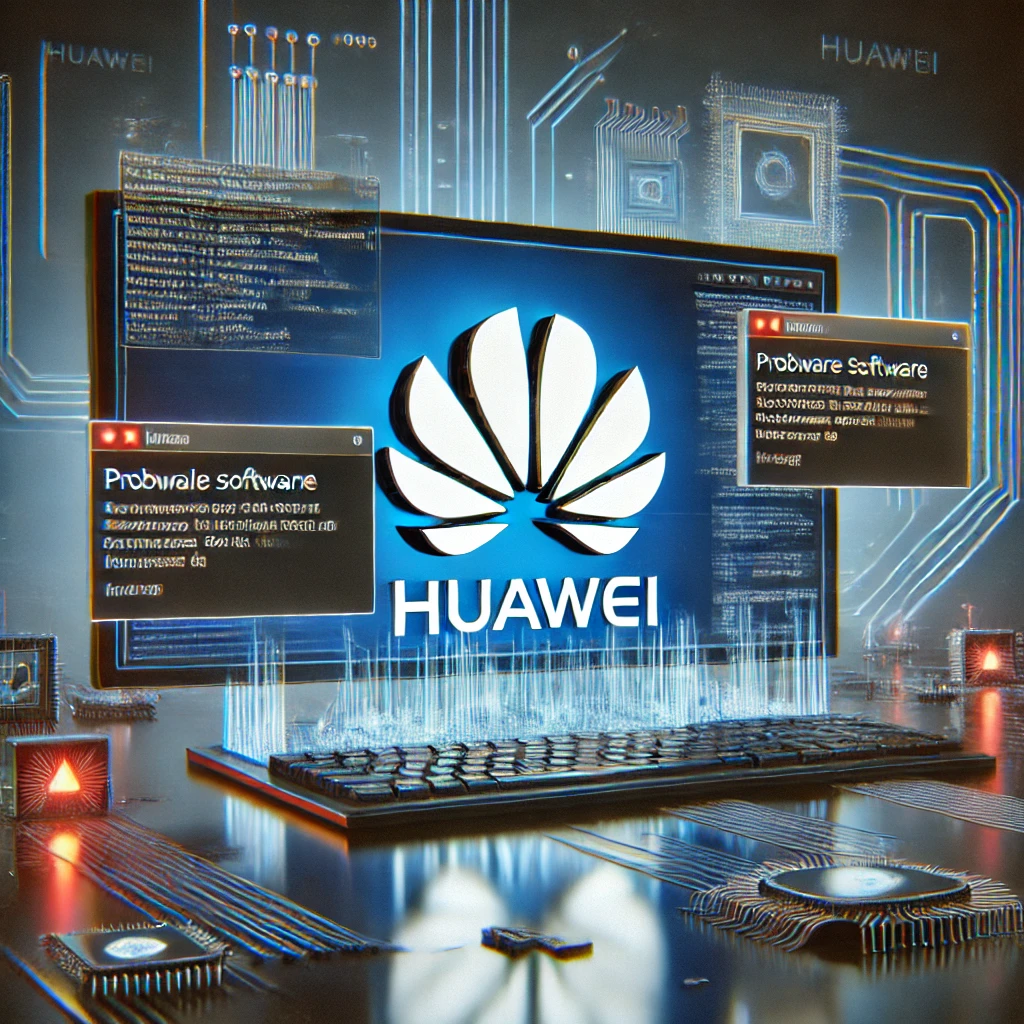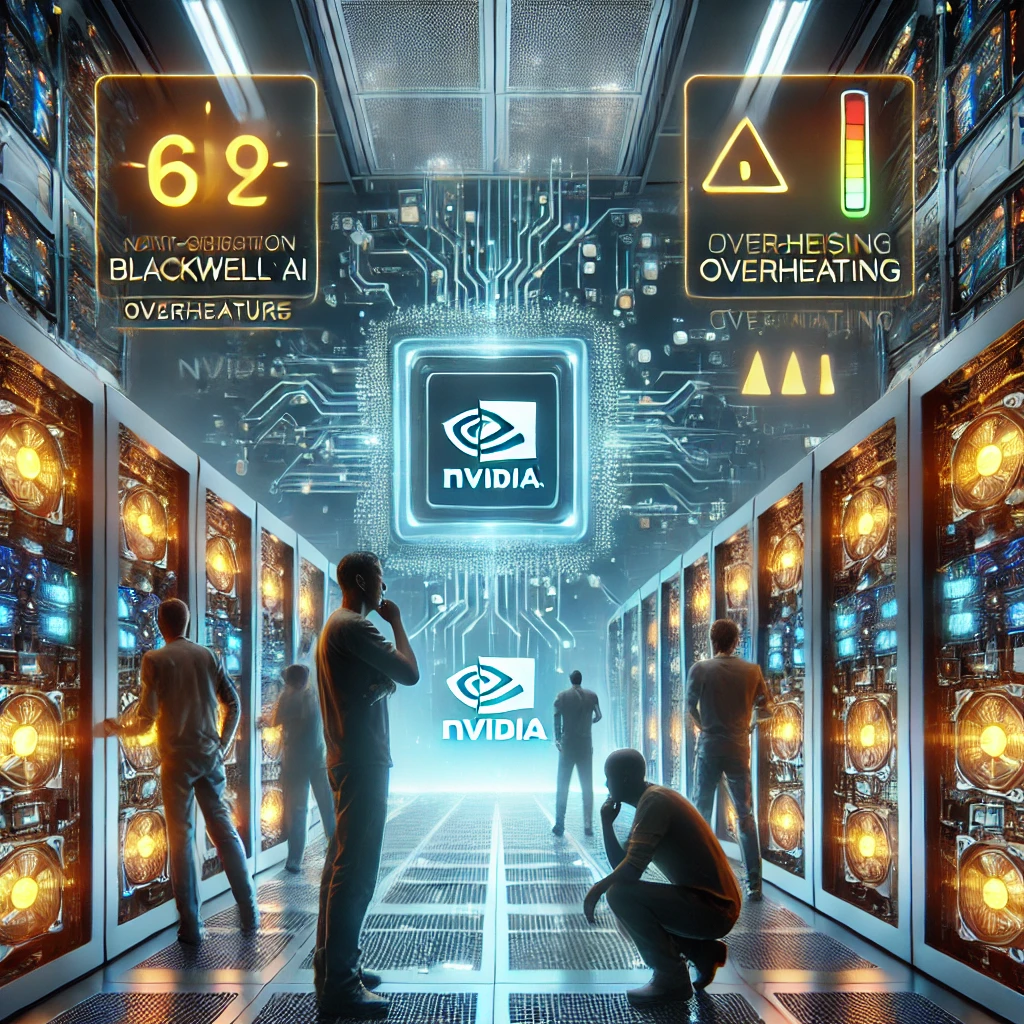China has been pushing to develop its own AI technologies and reduce reliance on foreign companies like Nvidia. One of the key players in this effort is Huawei, a leading Chinese technology company. However, Huawei’s software, which is supposed to power advanced AI systems, has been plagued with bugs and issues that are holding back these plans.
The Challenge with Huawei’s AI Software
Huawei is known for its hardware, such as smartphones and networking equipment, but the company is also trying to build powerful AI chips and software to support them. The goal is to create an alternative to Nvidia’s AI chips, which are widely used around the world for tasks like deep learning and data analysis.
However, reports indicate that Huawei’s software is riddled with bugs, making it difficult for developers to build reliable AI applications. These bugs cause frequent crashes, errors, and unexpected behavior, which can disrupt AI projects and slow down progress.
Why This Matters for China’s AI Goals
China has been focusing on becoming a leader in AI technology, which it sees as critical for future economic growth and national security. Having reliable, high-performance AI chips and software is key to achieving this goal. Huawei’s challenges with its software undermine these efforts, as developers may be reluctant to switch from proven technologies like Nvidia’s to Huawei’s if they are not confident in the quality and stability of the tools.
The Impact on Competing with Nvidia
Nvidia is the market leader in AI hardware, offering robust chips and a powerful software ecosystem that developers trust. For Huawei to compete, it needs to offer not only competitive hardware but also reliable and user-friendly software. The current state of Huawei’s software makes it challenging to convince companies and researchers to make the switch from Nvidia.
What Needs to Happen Next
For Huawei to help China reduce its reliance on foreign AI technology, it must prioritize fixing these software issues. This means investing in better quality control, improving user support, and ensuring that its AI development tools are as robust and reliable as those from global competitors.
Conclusion
Huawei’s bug-ridden software is a significant obstacle to China’s efforts to replace Nvidia in the AI space. Until these issues are resolved, the country’s ambitions to build a self-reliant AI industry may face considerable delays.





